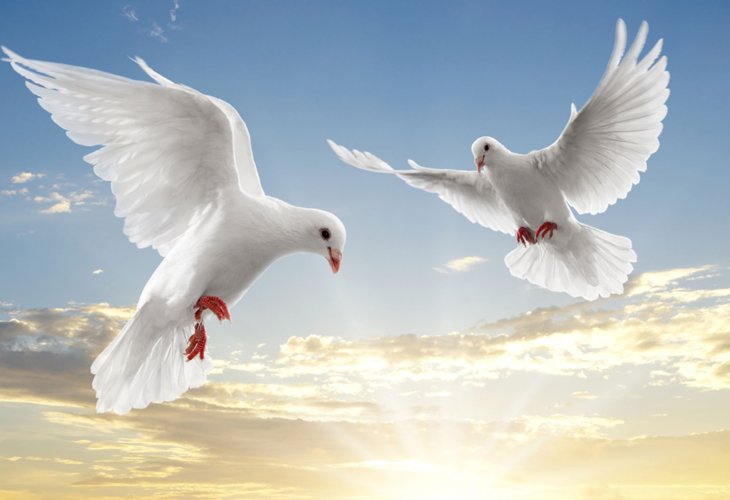Issues in the Bible
“The Two Great Lights”: What the Torah Teaches About Cosmic and Spiritual Balance
From the perfect symmetry of the sun and moon to the twin goats and birds of Torah law — how divine precision reveals equality, purpose, and harmony in creation
 (Photo: Shutterstock)
(Photo: Shutterstock)Our Sages taught that whenever the Torah mentions two items together and repeats their description using the word “two” (shnei or shtei), it signals that the two are equal in status or appearance.
“The Two Great Lights” — Sun and Moon as Equals
From the verse “the two great lights” (shnei hame’orot hagedolim),
the Sages learn that the sun and the moon were originally created equal. Later, the moon was diminished, but in the future, “the light of the moon will be like the light of the sun.”
This equality is not only a thing of the past or the future, but it exists even now. Precise astronomical measurements reveal something extraordinary: from our vantage point on Earth, the diameter of the sun and the diameter of the moon appear exactly the same.
Of course, the sun is about 400 times larger than the moon,
but it is also about 400 times farther away. This perfect ratio makes them look identical in size.
We see this miracle most clearly during a solar eclipse when the moon passes slowly before the sun — and fits perfectly, covering it exactly, one over the other. Could this be a coincidence? More likely, it’s a reflection of divine precision encoded in the Torah’s phrase: “The two great lights” — equal in their purpose and proportion.
“The Two Goats” of Yom Kippur — Equal Before the Lot
The same principle appears with the two goats of Yom Kippur. The Torah commands that one be offered to God and one sent to Azazel. Before the lot is cast, however, they must be equal in appearance, size, and value. Only the lottery determines their divergent fates — but our proposal to Heaven is fair and balanced: two identical offerings, both equally ready to fulfill God’s will.
The Two Birds of the Metzora — A Symbol of Release
A similar command appears regarding the two birds used in the purification of a metzora (a person healed from biblical leprosy).
The Torah instructs the priest: “He shall send away the living bird.”
As with the scapegoat, one bird is used for the ritual and one is set free. The freed bird’s flight back into nature symbolizes the metzora’s release — his return to society, free once again like a bird of the sky.
According to another interpretation, the bird that is dipped in the blood represents the transfer of impurity — it “carries away” the impurity of the metzora, just as the scapegoat bears the sins of Israel.
Which Bird Is “the Clear One”?
The Midrash Tannaim comments: “The living bird” — meaning, the clear bird. Rabbi Samson Raphael Hirsch explains this as: “the better and more beautiful of the two.”
The Torah Temimah asks: If the Sages said both birds must be equal in appearance, how can one be considered “more beautiful”? He resolves that “the clear bird” means the bird that has been designated in advance, chosen to be set free.
Others explain that while the Torah requires the two birds to be similar, it doesn’t mean they must be identical twins. Absolute equality is nearly impossible in nature. Therefore, the law requires only that they be comparable and alike, yet still allows for one to be slightly finer or stronger than the other.

